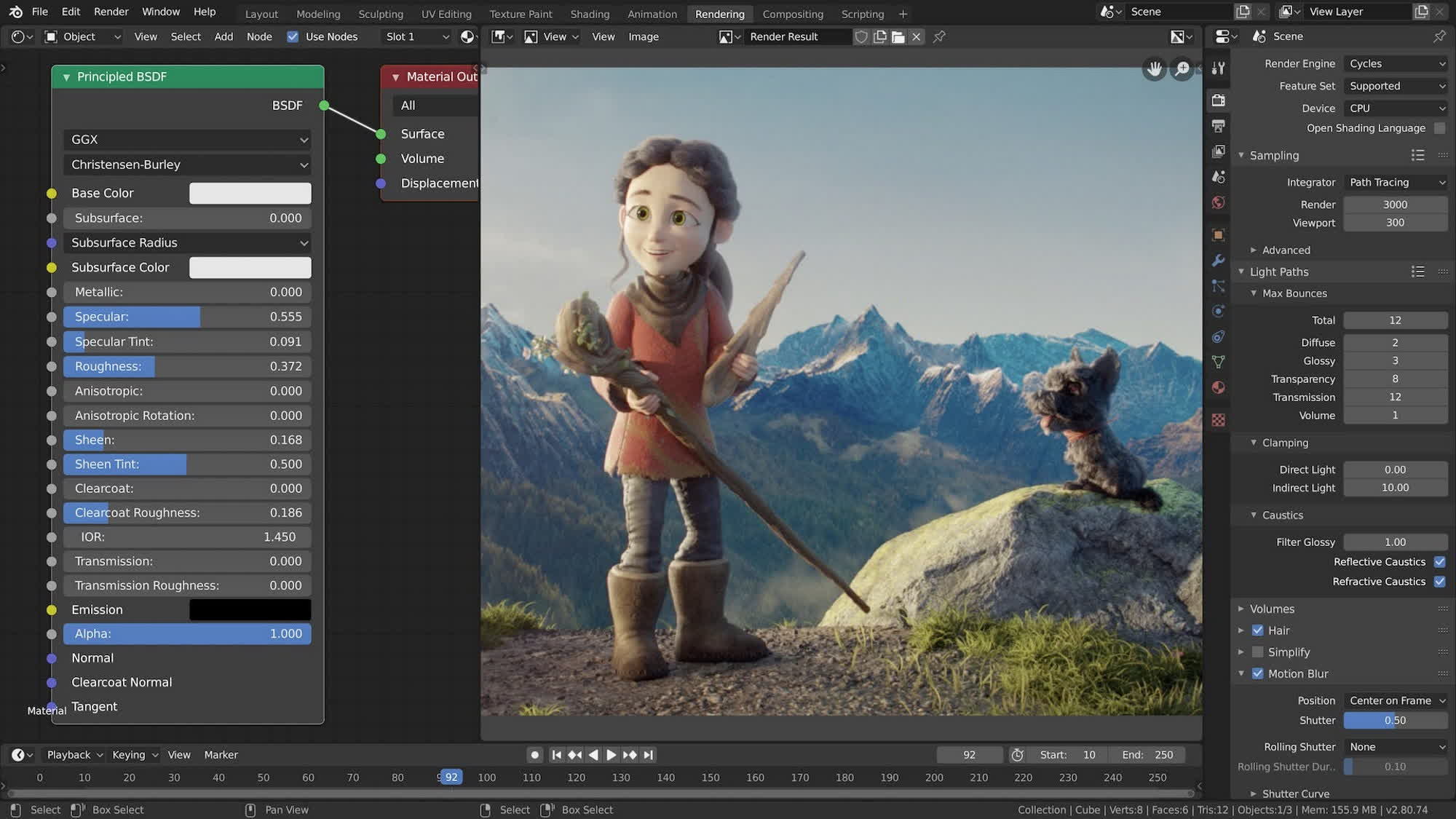In a nutshell: Blender is a powerful tool for building 3D models and rendering scenes – the kind of software you typically expect to run on a desktop computer with high-end hardware. However, its developers are now working to bring this complex application to less powerful devices, starting with Apple's iPad.
Blender developers have recently announced their full commitment to mobile platforms with multi-touch interfaces. The 3D modeling tool is coming to the Apple iPad first, with plans to expand support to additional platforms such as Microsoft Surface, Huawei MatePad, Wacom MovinkPad, and more.
Writing on behalf of the Blender team, Dalai Felinto noted that tablets are now beginning to offer enough processing power to serve as a primary computing device for a specific subset of users. Blender's mission is to bring 3D technology to every potential creator, everywhere – which now includes extending support to tablets and other mobile platforms.
The developers emphasize that they do not want to simplify Blender's powerful features or capabilities. Instead, the software will need to adapt to new interaction models and UI paradigms unique to mobile devices. The transition will require more task-oriented interfaces and a reduction in information density.
"This will be achieved by extending existing input methods, and improving workspaces and application templates, running on top of a regular Blender build," Felinto said.
The new "Blender for Mobile" package will initially target the iPad Pro (iOS), with full support for the Apple Pencil. Support for Android devices and other graphic tablets is planned for the future. The build will include specific UI/UX improvements tailored for tablet users, though users on other platforms should eventually benefit from the new core design principles as well.
While the ultimate goal is to deliver the full Blender experience on tablets, the initial release will focus on two key areas of the 3D modeling workflow: basic object manipulation and sculpting. Standalone tablets pose certain hardware and software limitations, such as reliance on a single full-screen window, limited screen real estate, and reduced processing power. Developers will need to address these constraints while also supporting optional input methods, including keyboards and trackpads.
Felinto shared early UI mockups that illustrate how the Blender team is adapting the interface for the iPad Pro. He emphasized that these designs are still evolving, and users should not expect the current concepts to remain unchanged.
A first technical demo of the new Blender mobile experience is scheduled to be showcased at SIGGRAPH 2025 in Vancouver.
